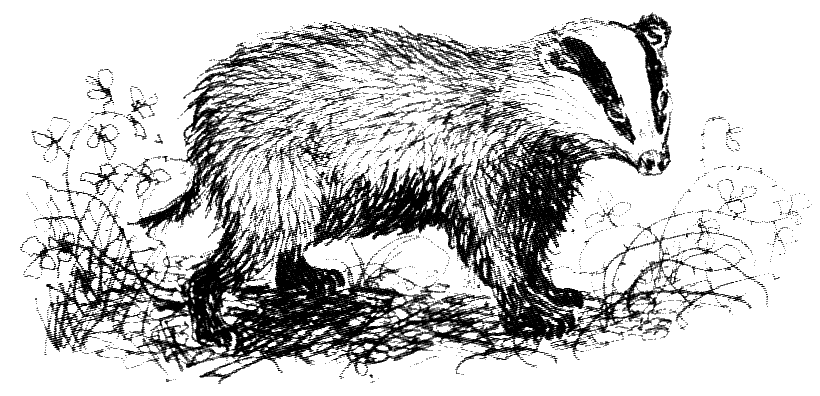A problem with pollinators?
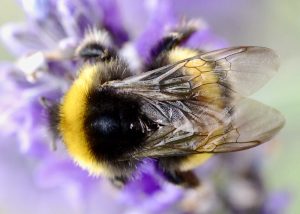
Bee:wild [https://beewild.rewild.org] is a new science-led, global campaign, which aims to help and save pollinators - particularly bees. The woodlands blog has reported on the decline in many insect populations in recent times - referring to the ‘insect apocalypse’, the ‘windscreen test’, and the ‘splatometer’.
The causes for insect loss are many but critically important are :
- Habitat loss and fragmentation
- The extensive use of pesticides, herbicides & fungicides.
These may be coupled with other issues such as climate change, and pollution from fertilisers into rivers and streams. However, in recent times, we may now need “to add to the mix” -
Wars and conflict. These can result in changing patterns of agriculture so that the range of crops grown is reduced, which means there are less foraging opportunities for pollinators.
The ubiquity of plastics. Specifically microplastics and nano plastics. Microplastics come in part from larger plastic pieces that degrade into smaller pieces, but also from microbeads. Microbeads are very small pieces of polyethylene plastic that are added to health and beauty products, such as certain skin cleansers and toothpastes. Now microplastics are to be found everywhere from the deep oceans, to Arctic snow and Antarctic ice. They are also found in the hives of honey bees. Quite what their effect is on bees or indeed many other organisms (including us) is not yet clear.
Artificial light. Much of our world is illlluminated 24/7. Towns and cities rarely experience total darkness, even the countryside is lit up by the lighting on roads and motorways. This artificial light is not without effect. Areas ‘bathed’ in light may
- Deter nocturnal moths from visiting flowers, reducing pollination and egg laying.
- Make the night flying moths ‘easier targets’ for predators (such as bats).
- Affect the feeding habits of moth caterpillars.
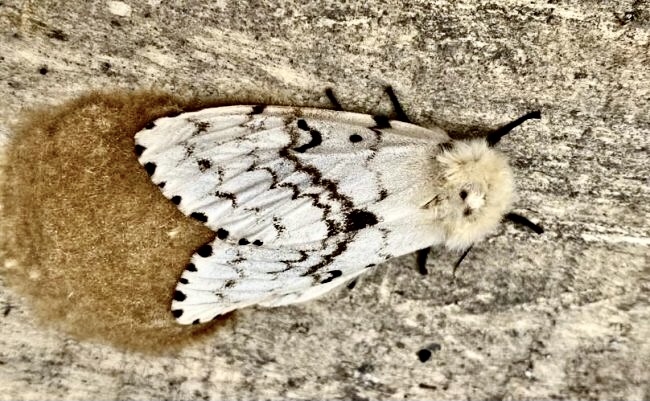 Air and water pollution. Both air and water are increasingly filled with a ‘cocktail’ of chemicals, some derived from the extensive use of pesticides (insecticides, herbicides, fungicides, some come from use of fertilisers). Particulates released from car tyres and brake pads contribute to the ‘chemical smorgasbord’. Whilst the effect of any given chemical may be sub-lethal, small, or non existent the combined effect of the mixture may be significant, even deadly.
Air and water pollution. Both air and water are increasingly filled with a ‘cocktail’ of chemicals, some derived from the extensive use of pesticides (insecticides, herbicides, fungicides, some come from use of fertilisers). Particulates released from car tyres and brake pads contribute to the ‘chemical smorgasbord’. Whilst the effect of any given chemical may be sub-lethal, small, or non existent the combined effect of the mixture may be significant, even deadly.
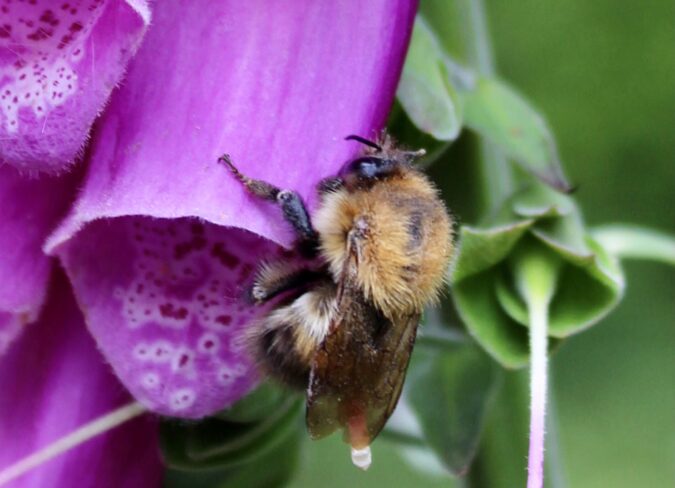
Wild fires. Add into this anthropogenic concoction mentioned above, the chemicals released from wild fires - such as those seen recently in Canada, Siberia, Australia and the United States. These fires not only release a complex mixture of particulates and chemicals, they also destroy habitats for pollinators. The sheer scale of these fires makes the recovery of ecosystems that much harder.
Bee:wild [https://beewild.rewild.org] suggests a number of measures to help pollinators :
- A swifter move to electric cars to reduce levels of atmospheric pollution
- Production of crops with enhanced nectar and pollen production to benefit pollinators
- Creation of more flower-rich areas, for example, within solar farms
- Use of RNAi therapy to specifically target pests and not beneficial insects. RNA interference is a technique that uses natural cellular processes to silence or reduce the expression of particular genes in a particular organism. Thus, it might render a pest sterile.
- Introduction of measures to reduce the use of ‘our’ chemicals, used to enhance the growth of crop or animals.
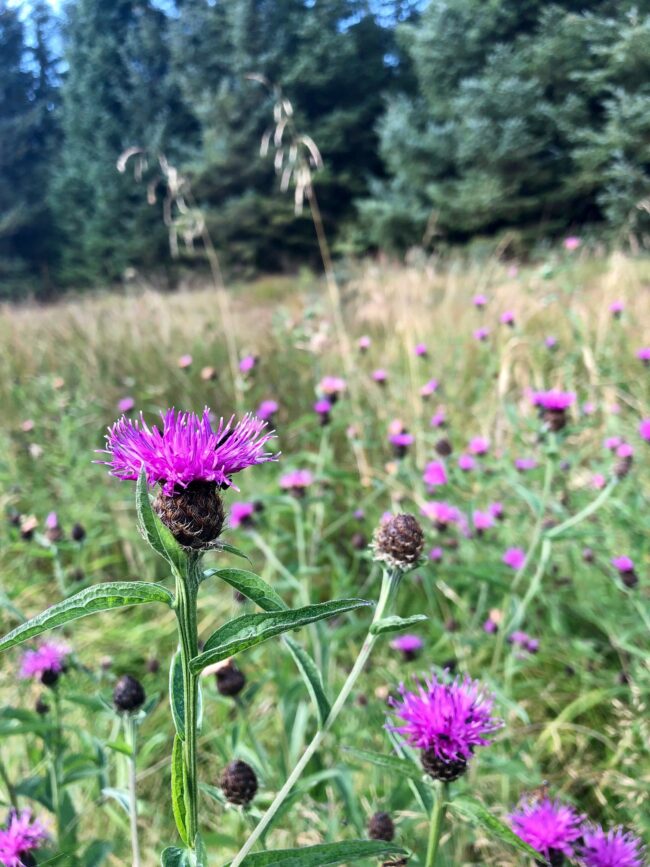 Such measures when coupled with the creation of urban rich flower gardens, rewilding and the protection of remaining areas of natural habitats will help pollinators, and insects in general.
Such measures when coupled with the creation of urban rich flower gardens, rewilding and the protection of remaining areas of natural habitats will help pollinators, and insects in general.
Comments are closed for this post.
